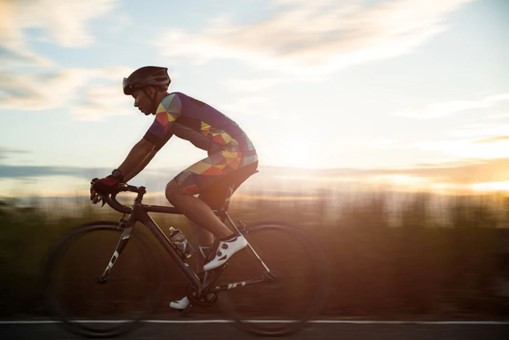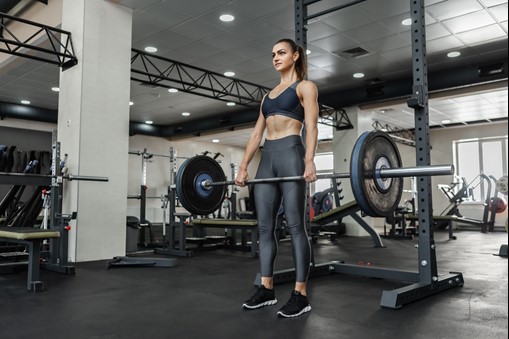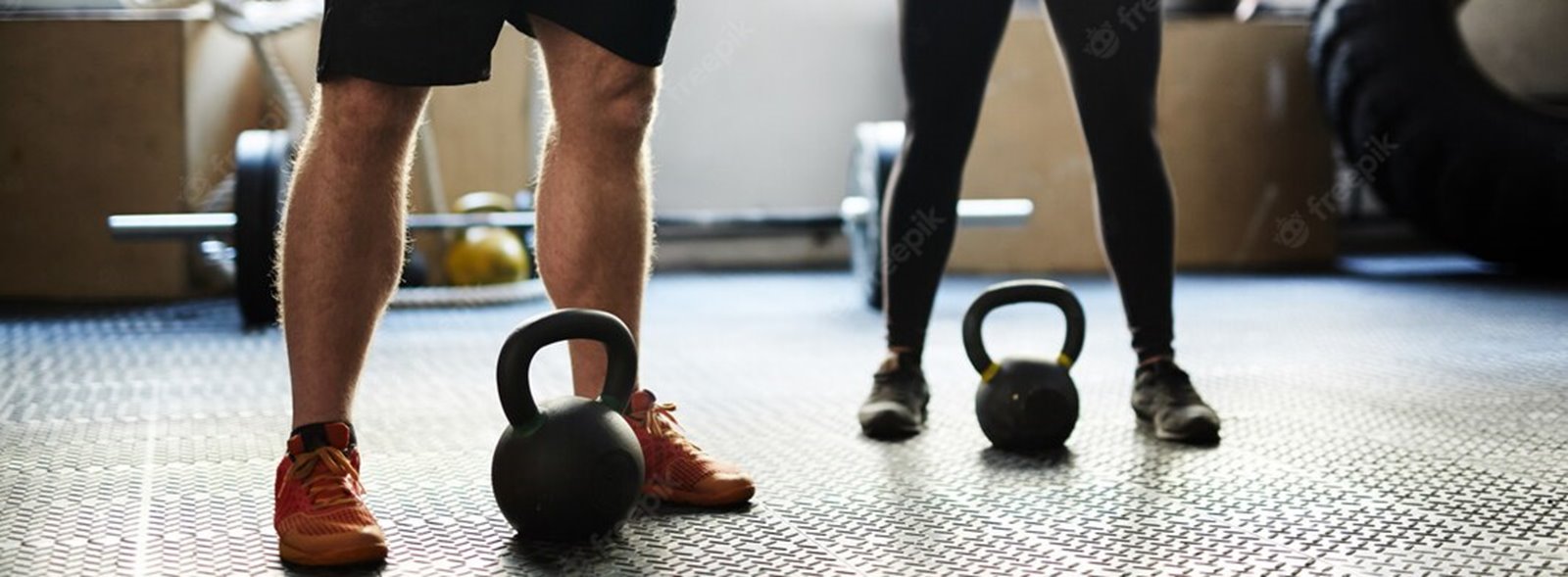Why and how to strength train for triathlon.
How spending a little time in the gym might help your triathlon performance more than you think.
Geraint Forster is an Exercise Physiologist, Certified Strength and Conditioning Specialist and runs the BSc Sport and Exercise Science degree course at the University of Wales Trinity Saint David, main sponsor of the Swansea Triathlon. As a triathlete himself, and Ironman Wales finisher, Geraint brings some research-informed strategies to improve your enjoyment and performance in triathlon.
With three different disciplines to train for, the prospect of finding time to also strength train seems on face value to be an unnecessary burden. After all, what use is being strong when you want to swim, bike and run for the best part of a day? Recent research however, suggests that spending some quality time in the gym can really pay dividends.

A recent study from Notre Dame University in Western Australia involving 25 long distance triathletes found that adding two sessions a week of heavy strength training improved cycling economy by 7.5% and running economy by 4.8%.
Improved economy means you use less oxygen and energy at a given speed – effectively you have improved your miles-per-gallon. The result is an increased speed for a set effort level.
In this study, the strength training sessions took the place of some endurance sessions, yet the athletes improved their economy more than others doing higher volumes of endurance work. Strength training also did not result in any increase in body weight.
Other studies have shown strength training to improve 45-minute Time-Trial performance, and sustaining more power on cycles longer than 3 hours.
Performance gains are not the only benefit of time in the gym. An analysis of long-distance triathletes found that over a 6-month period, 87% suffered from some form of overuse injury. A recent meta-analysis of research studies showed that strength training was the most effective strategy for reducing overuse injury incidence, with an almost 50% reduction.


So what should a strength training session for a triathlete look like?
Again, the answer may be a surprise to many. Contrary to popular belief, strength is not developed by running/cycling hills, or by doing high-repetition circuit type training. Strength is developed by lifting heavy weights for a low number of repetitions.
Typical intensity in these sessions would involve doing 3-4 sets of 4-6 repetitions at >85% of 1 Rep Max for each exercise, with 3-4 minutes of recovery between sets. An athlete not used to strength training would be best served starting with a more moderate load of approximately 75% 1 Rep Max for 3-4 sets of 8-12 reps for the first 8-12 weeks, then progressing to heavier loads. Each lift should be performed with a lowering phase that lasts 3 seconds and performing the lifting phase as fast as possible.
Since most of the benefits are for running and cycling, rather than swimming, the focus should be on predominantly leg-based exercises.
Session plan
A typical session might involve:
- A hip-hinge exercise e.g. Deadlift
- A squat-based exercise e.g. Back Squat or Leg Press
- A lunge-based exercise e.g. Step-ups, Split-Squat, Bulgarian Split-squat.
- A dorsiflexion exercise e.g. seated calf-raise

If there is time, there is some evidence that a pulling movements such as the lat pulldown may benefit swim performance, however there is not as much evidence as there is for cycling and running.
Two sessions per week is sufficient to see improvements, and once the improvements have been made, one session per week is sufficient to maintain the gains , so a sensible plan would be to do two weekly strength sessions over the winter months, and one in the summer race period.
A good warm-up is important prior to performing high-intensity lifting. This should involve some pulse-raising and some exercises that activate muscles and mobilise joints. This is also an opportunity to put in some prehab exercises that can help reduce the risk of overuse injuries, so things like hip hitches, single-leg deadlifts and scapula push-ups can be useful for triathletes.
Extra benefits
An extra benefit of this type of training is the variety it can add to your training – we can all become a bit stale in winter months with indoor trainer sessions, pool swimming and cold runs – mixing in some gym work might break the monotony as well as giving you some extra gains come race season.
Finally if you have never performed strength training before, it would be a good idea to have some coaching from a qualified coach to ensure you technique is sound, before progressing to heavy loads.






